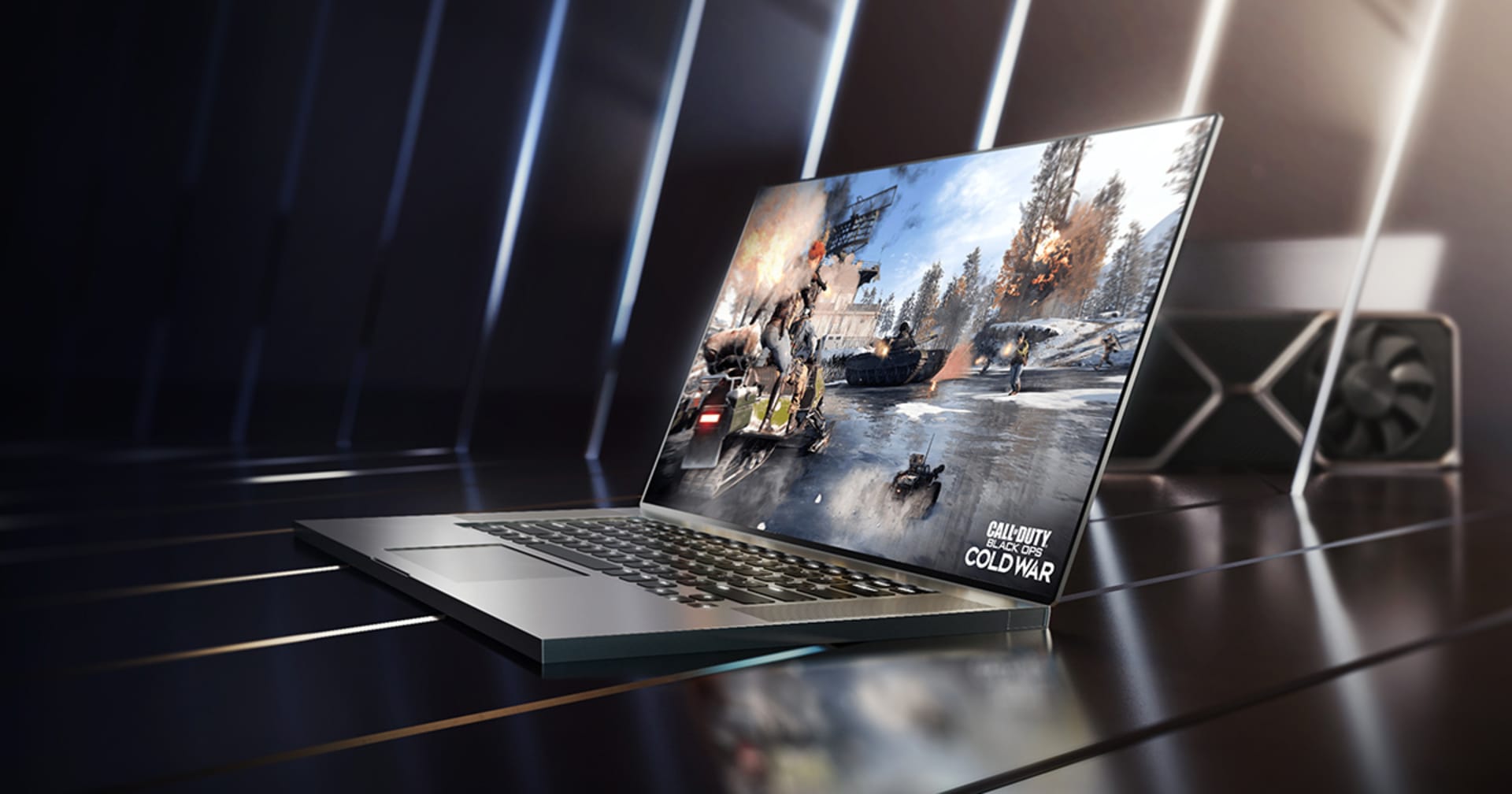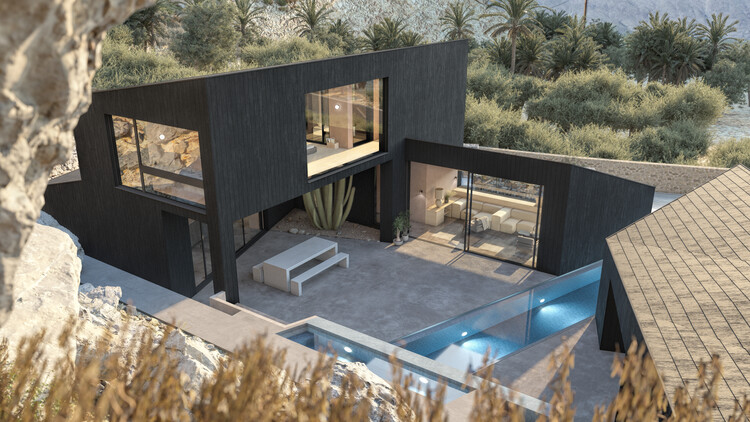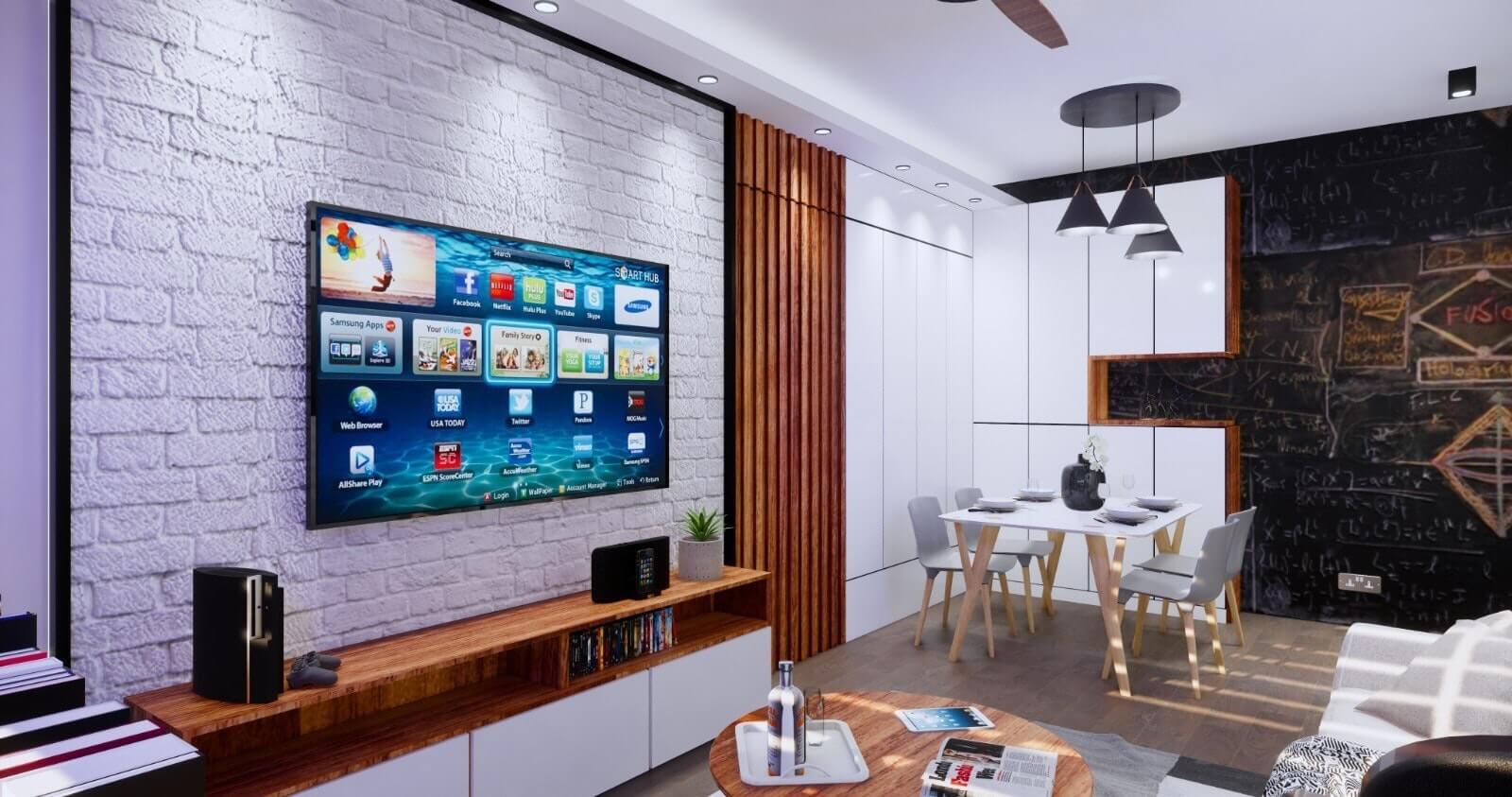Rendering
What are Some Popular Real-Time Rendering Techniques?
Real-time rendering is an important aspect of modern graphics programming that allows for the creation of dynamic and interactive visual experiences in real time. It involves generating computer graphics in response to user interactions or real-world events, rendering them on a display device instantaneously. Real-time rendering techniques are used extensively in video games, 3D animation, virtual reality, and augmented reality applications. In this blog post, we will discuss some popular real-time rendering techniques that are commonly used in modern graphics programming. These techniques enable developers to create stunning visuals and immersive experiences that captivate users and take them on a journey into the realm of digital imagination. So, let's dive into the world of real-time rendering and explore its various techniques!

- 1. Introduction: What is Real-Time Rendering?
- 2. Different Techniques for Real-Time Rendering
- 3. Ray-Tracing and Rasterization: Explained
- 4. Advances in Neural Rendering and Graphics Primitives
- 5. MIT Researchers Demonstrate New 3D Scene Representation Technique
- 6. Real-Time Rendering in Architecture, Design, and 3D Art
- 7. FPS Range in Real-Time Rendering
- 8. Incorporating High-Frequency Details for Realistic Rendering
- 9. Static vs. Real-Time Image Rendering
- 10. Conclusion: Future of Real-Time Rendering Techniques
1. Introduction: What is Real-Time Rendering?
As a graphics designer, I am always looking for ways to make my visuals more realistic and immersive. That's where real-time rendering comes in – the process of generating photorealistic or non-photorealistic images in real-time using a computer program.
Real-time rendering has come a long way with advances in graphics hardware, and techniques such as ray tracing and rasterization. These techniques work together to simulate light and shadows to create a more natural-looking scene.
Recently, MIT researchers have demonstrated a new 3D scene representation technique that uses neural rendering and graphics primitives to create more realistic visuals. This shows that real-time rendering is a field that is constantly evolving and advancing.
In the world of architecture, design, and 3D art, real-time rendering is becoming increasingly important as clients demand more realistic and interactive visuals. It's also important to consider the FPS range in real-time rendering, as this affects the smoothness of the animation.
One of the challenges faced in real-time rendering is incorporating high-frequency details for realistic rendering while maintaining performance. It's important to strike a balance between visual fidelity and performance to ensure a seamless experience for the user.
Overall, real-time rendering is a rapidly evolving field that holds great promise for the future of design and communication. As designers, it's important to stay up-to-date with the latest techniques and advances in this field to create visuals that are both immersive and realistic.

2. Different Techniques for Real-Time Rendering
As discussed earlier, real-time rendering refers to the process of generating images instantaneously, which can be used in game development, design, and architecture. In this section, I am going to discuss some popular techniques that are used for real-time rendering.
The two major types of rendering in 3D are ray tracing and rasterization. Ray-tracing takes into account the path of light in a scene, resulting in a more realistic image. However, it is computationally expensive, making it less favorable for real-time rendering. Rasterization, on the other hand, is faster as it divides the scene into 2D images, which are then processed by the GPU. This technique is more favorable for real-time rendering, as it generates images faster.
Other popular techniques used for real-time rendering are reservoir sampling and resampled importance sampling. These techniques are useful when sampling direct lighting, as they help generate images faster without compromising image quality. Additionally, incorporating high-frequency details like reflection and shadow can improve the realism of the images, which is essential in game development.
It is important to note that other techniques are being developed, such as neural rendering and graphics primitives. These techniques utilize advanced computing hardware and algorithms to generate realistic images faster, making them more favorable for real-time rendering.
In conclusion, real-time rendering is an important aspect of game development, design, and architecture. To generate images instantaneously, rasterization is the most favorable technique due to its speed. However, optimizations like using sampling techniques and incorporating high-frequency details are essential for generating realistic images. With the development of new techniques and hardware, the future of real-time rendering looks promising.

3. Ray-Tracing and Rasterization: Explained
In my previous section, I discussed the different techniques for real-time rendering. One of the most popular techniques is a combination of ray tracing and rasterization. Let me explain these techniques in more detail.
Ray-tracing is a rendering technique that accurately simulates the behavior of light. It creates images by tracing the path of virtual rays of light as they bounce off objects in a digital environment. This process generates realistic shadows, reflections, and refractions, making it a popular choice for high-quality video games and film rendering.
Rasterization, on the other hand, is an object-based approach to rendering. It paints each object with color first and then applies logic to show only the visible parts of each object on the screen. While not as accurate as ray tracing, it is faster and more efficient, making it ideal for real-time rendering applications like video games.
Combining these two techniques allows us to take advantage of the strengths of both realistic and efficient real-time rendering. With this hybrid approach, we can use rasterization for simple objects and then blast rays from our shaders to render more complex parts of the scene.
Overall, understanding the difference between ray tracing and rasterization can help you make informed decisions when it comes to selecting the right rendering technique for your real-time applications. In the next section, I will be discussing recent advances in neural rendering and graphics primitives.

4. Advances in Neural Rendering and Graphics Primitives
As I mentioned earlier, advances in neural rendering and graphics primitives are hot areas of research in the field of real-time rendering. Neural rendering is a combination of classical rendering principles with deep generative models to obtain controllable and photorealistic outputs. This approach is being used extensively to create realistic virtual worlds and interactive simulations. Neural graphics primitives, on the other hand, involve the use of learned primitives to represent 3D objects.
Incorporating neural rendering techniques and graphics primitives into real-time rendering systems is a complex task that requires a lot of expertise. However, there are several research groups and companies that are making significant progress in this field. Some of the most recent developments in neural rendering include the use of inverse rendering techniques to reconstruct 3D scene representations from observations, and the combination of classic computer graphics techniques with deep generative models for better control and accuracy.
Neural graphics primitives are also being extensively studied and investigated. Researchers are exploring the use of point clouds, meshes, and voxel representations to create realistic 3D objects. These techniques are being used in a wide range of applications, including virtual reality, scientific simulations, and game development.
Overall, the advances in neural rendering and graphics primitives are exciting developments in the field of real-time rendering. With these techniques, we can create more realistic and engaging virtual worlds and simulations that can provide a more immersive experience for users. As these technologies continue to evolve, we can expect to see new and exciting applications emerge in the coming years.

5. MIT Researchers Demonstrate New 3D Scene Representation Technique
As I discussed in Section 2, there are different techniques used in real-time rendering, and MIT researchers have demonstrated a new one for 3D Scene Representation. This technique enables the representation of 3D scenes from images about 15,000 times faster than previous methods. It involves creating image-based representations of the 3D geometry and a mask texture during a single rendering pass.
This new technique builds on previous advancements in real-time rendering, such as ray-tracing and rasterization, which I explained in section 3. It also incorporates advances in neural rendering and graphics primitives, which I discussed in section 4.
MIT's new 3D scene representation technique has significant implications for real-time rendering in architecture, design, and 3D art, as I explored in section 6. It allows for faster and more efficient rendering of complex 3D scenes, which can save time and resources for professionals in these industries.
Moreover, this technique highlights the ongoing evolution of real-time rendering technology, which I discussed in section 10. As computer processing power and graphics hardware continue to improve, we can expect to see more innovative techniques and applications in real-time rendering.
Incorporating high-frequency details for realistic rendering, as discussed in section 8, is an example of how these advancements are enhancing the visual fidelity of real-time rendering. By using new techniques like MIT's 3D scene representation, we can make further strides in creating realistic and immersive virtual worlds.

6. Real-Time Rendering in Architecture, Design, and 3D Art
As an architect and designer, I understand the importance of visualizing designs in real time. Real-time rendering software has revolutionized the industry by allowing us to see our designs come to life instantly. Enscape and Chaos Vantage are popular choices for architects and designers, but other software like D5 Render are gaining traction as well.
In architecture, lighting plays a crucial role in the beauty and functionality of a design. Bevel application is a great tool for managing the right lighting solutions with success. It allows for the reproduction of real-life objects that appear natural to the eye. I know firsthand that architectural rendering has much to do with photography. A proper perspective can tell your audience a lot about the design and atmosphere you want to create.
But real-time rendering is not just limited to architecture. 3D art rendering is also heavily reliant on real-time rendering software for creating visually stunning images. As a 3D artist, I have used these tools extensively to bring the objects I create to life.
The advances in real-time rendering are changing the way design professionals work. The speed and accuracy of these tools are allowing us to create more sophisticated designs and save time in the process. The future of real-time rendering techniques is exciting, and I can't wait to see what new developments will emerge in the coming years.

7. FPS Range in Real-Time Rendering
As someone interested in real-time rendering, it's important to understand the fps range that is typically achieved in this field. Real-time rendering is measured by frames per second (fps), which refers to the number of images rendered in one second. For real-time applications like video games, virtual reality, and simulations, a higher fps rate means a smoother and more immersive experience for the user.
The fps range for real-time rendering typically falls between 24 and 60 fps depending on hardware and software configurations. Lower-end systems may struggle to maintain a stable 24 fps while high-end systems can achieve much higher rates. It's important to note that rendering complex scenes with high-resolution textures and lighting effects can negatively impact fps rates, causing them to drop and resulting in choppy gameplay or reduced interactivity.
To improve fps rates, developers often implement optimization techniques such as reducing polygon counts, minimizing the number of light sources or shadows, and using efficient rendering algorithms. An optimized and efficient workflow is essential for achieving a high fps rate in real-time rendering, allowing for a smooth and enjoyable user experience.
Overall, understanding the fps range in real-time rendering is important for both developers and end-users. Developers can optimize their workflows to achieve better fps rates, while end-users can ensure that they have the hardware and software necessary to achieve a smooth and immersive experience.

8. Incorporating High-Frequency Details for Realistic Rendering
To achieve a truly realistic rendering, it's important to incorporate high-frequency details in the scene. There are several methods for accomplishing this, including displacement mapping, data storage, and procedural methods. By using these techniques, you can add small imperfections, bumps, and variations to surfaces, making them look more like the real world.
When it comes to real-time rendering, it's important to choose models that are physically accurate and can be implemented in real-time. This means finding the right balance between accuracy and speed. You may need to adjust or optimize your models to achieve the desired level of realism without sacrificing performance.
One approach to realistic rendering is to use physically based models that can simulate the behavior of light and materials in the real world. Another approach is to use global illumination techniques, which can simulate the way light bounces around a scene, creating realistic shadows and reflections.
It's also important to consider the resolution of your textures and models. High-resolution textures can help avoid rendering artifacts and make your scene look more realistic. However, higher resolutions can also require more processing power, so you'll need to find the right balance for your system.
Incorporating high-frequency details can take your real-time rendering to the next level, but it's important to approach it with care. By choosing the right models, optimizing for performance, and using high-resolution textures, you can create truly photorealistic scenes that are both fast and accurate.

9. Static vs. Real-Time Image Rendering
In my experience in the world of real-time rendering, one of the most significant differences is between static and real-time image rendering. While static rendering techniques involve creating a single, pre-determined image of a scene or object, real-time rendering allows for interactive and dynamic visualization. With static rendering, designers must create separate images for each angle, movement, or interaction they want to showcase. This approach can be time-consuming and often results in limiting the viewer's ability to explore a scene or object in-depth.
Real-time rendering, on the other hand, provides the viewer with an interactive experience, allowing them to change perspectives, navigate through space, or interact with objects in real-time. This approach not only grants the audience more control over the experience, but also allows designers to incorporate elements like lighting, shadows, and other dynamic visuals.
Overall, static rendering techniques can be useful for creating polished, controlled images for marketing and other purposes. However, as the need for interactive and dynamic presentation of designs increases, real-time rendering techniques are becoming essential. By incorporating both static and real-time rendering in your design process, you can create a well-rounded visualization that is both polished and engaging.

10. Conclusion: Future of Real-Time Rendering Techniques
In conclusion, the future of real-time rendering techniques is constantly evolving and advancing. As we have seen in the previous blog sections, there are many different techniques used for real-time rendering, including ray tracing, rasterization, and advances in neural rendering and graphics primitives. MIT researchers have even demonstrated a new 3D scene representation technique.
Real-time rendering is becoming more prevalent in architecture, design, and 3D art, and the FPS range is a crucial consideration in achieving realistic rendering. Incorporating high-frequency details is also important for achieving a more realistic and immersive experience.
As technology continues to improve, we can expect to see even more exciting developments in real-time rendering. The lines between static and real-time image rendering will continue to blur, and we will see even more realistic and accurate models that can be rendered in real-time.
To stay ahead of the curve, it's important to stay up-to-date on the latest real-time rendering techniques and advancements. As we continue to push the limits of what is possible with real-time rendering, the possibilities for interactive visualizations and immersive experiences are endless.